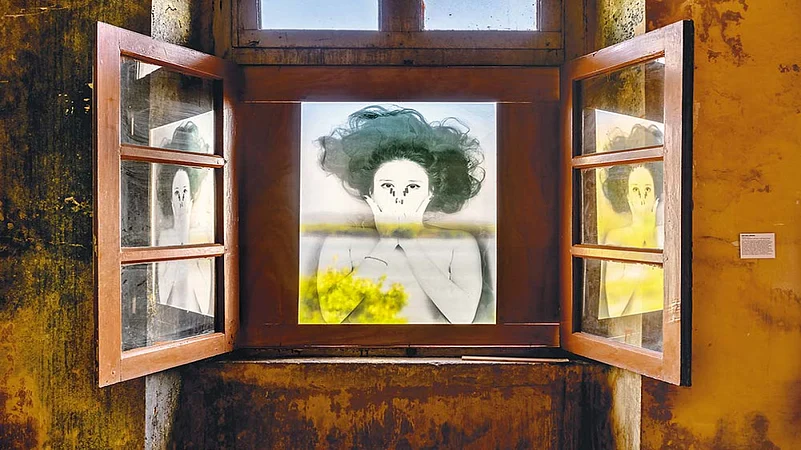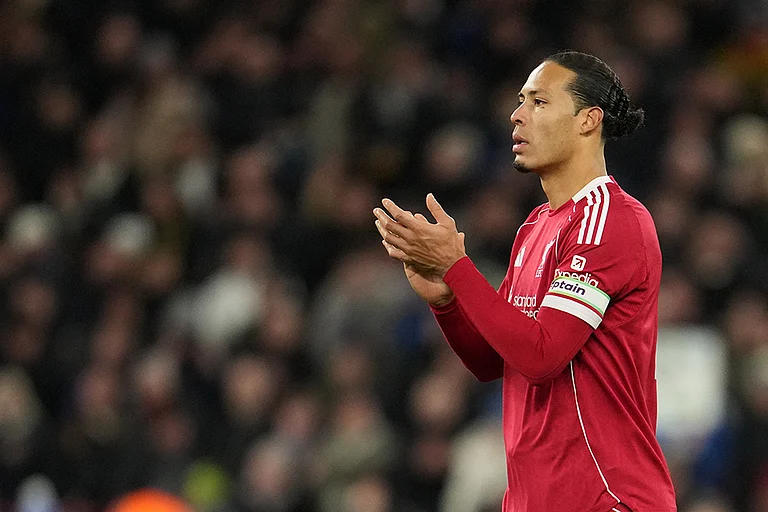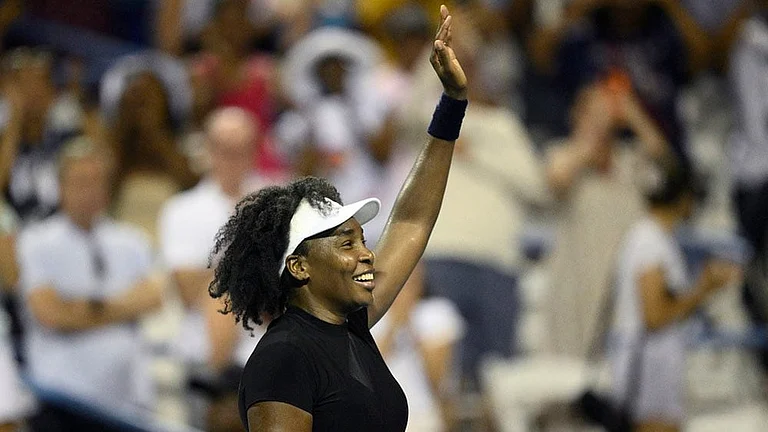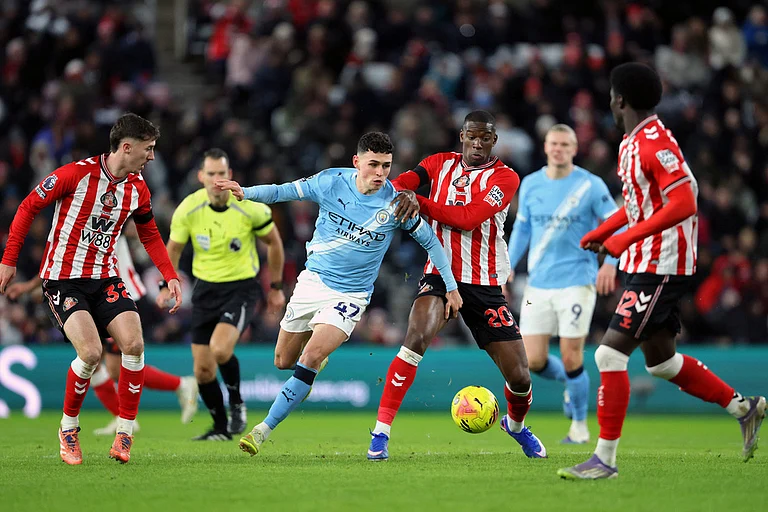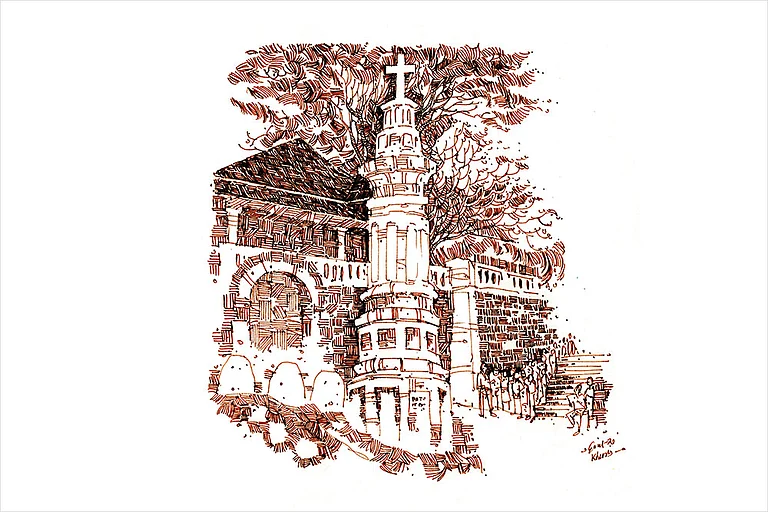Early in the year amidst the chaos of the Covid pandemic, a recurring sentiment was around the role artists needed to play—finding innovative ways of connecting with people, providing hope, resilience, and strength. The pandemic marked their time to create art that helped make sense of what was and is going on around us. Art was the much-needed escape, a time-out from the terrifying reality taking over the world, and artists were the healing force behind it. As the dust starts to settle and we are caged in a crisis economy, with reduced spending and large-scale unemployment, the threat to survival of the creative cultural sector is greater than it has ever been.
“The arts as a practice has an innate ability to acclimatise itself to the situations around it,” says Smriti Rajgarhia, director, Serendipity Arts Foundation and Festival, “which makes it an inseparable part of our legacy and being. Looking at the recent past and the current situation globally, caused by the pandemic, we come across several examples where the arts and artists have been a necessary bridge and point of solace for millions of people. A cultural organisation in any part of the world plays a crucial role of being preservers of the ethos of this social contract upon which a society is built. Unless there is a strong sense of culture in a community or society, it stands the risk of losing its identity.”
More often than not the arts and cultural sector is among the first to slip through the cracks when it comes to financial aid and support—among the biggest challenges currently facing the Indian creative economy. The cultural policy profile for India in the International Database conducted by Ashish Rajyadhaksha, Raghu Tenkayala, and P. Radhika notes that ‘state-sponsored culture—of the kind that might be promoted by Indian embassies abroad or the cultural festivals organised domestically—would gradually lose its credibility in comparison to other independent, market-driven, community-driven, or even corporate initiatives.”
According to a recent snapshot report published by the British Council, ArtX Company, and FICCI, one of the biggest obstacles for the cultural ecosystem is its very nature “which is not recognised as a single sector and neither does it have a coherent or unitary cultural policy”. India post-liberalisation, the report explains, faced marginalisation in terms of state involvement in the growth of a for-profit creative sector, which fell under the broad terminology of media and entertainment. This evolved into a somewhat independent cultural sector, existing in the absence of a united policy framework to map its growth, or protect it in a crisis ecosystem like the one we are experiencing right now. Much of the creative sector is made up of individual professionals, the self-employed freelancers, micro, small, and medium enterprises (MSME), and a few larger cultural organisations. In a survey conducted by the Events and Entertainment Management Association in April to report on the impact of the pandemic on the events industry, which is just a fraction of the larger creative economy, we were served some dire statistics. Nearly 52.91 per cent of companies experienced a 90 per cent loss due to cancellations, 63.1 per cent companies (107) suffered revenue loss of up to Rs 1 crore, around 97 companies will need to raise capital or debt from institutions or shareholders, venture capital funding etc., collectively the events entertainment niche was predicted to experience a hit of Rs 1 trillion through the pandemic and its after-effects.

Rekha Bhardwaj at DB Grounds. Curated by Sneha Khanwalkar, Serendipity Arts Festival
Six months in and few other segments within the cultural sector seem to be faring well. Carolina Artegiani, head of development at the Museum of Art and Photography, Bangalore, discussed the challenges ahead when it comes to funding for the arts. “Making a case for the arts, especially during a pandemic, is a difficult task. When a country faces pressing issues such as malnutrition, illiteracy, and high poverty rates, patronage for the arts falls relatively low on the priority list. Facing a health crisis of the size we are currently witnessing—at the onset of the COVID-19 emergency in India, all major and small CSR funds were diverted to help with the immediate threat. Naturally, the attention of the public has been focused on the pandemic—inevitably this also impacts how donors respond to requests for support. Looking towards a future where people will have new needs and new habits, we need to ensure that the arts adapt, respond, and ultimately remain relevant. If we fail to do so, the passion, commitment, and enthusiasm of donors, whether they are young philanthropists or seasoned donors, may peter down significantly.”
The symbiotic relationship between the arts and its funders—patrons and philanthropists—traditionally hinges on communication that is both engaging and accessible. It is important to consider how that’s evolved within the scope of the pandemic. At a recent webinar hosted by the British Council in partnership with the ArtX Company on financial health management for cultural festivals, consultant Rishabh Lalani, discussed the plight of the funder or the philanthropist today. “We are estimating a job loss of 25 million in the coming months,” he said, “looking at an unemployment rate of 26 per cent.” The webinar was hosted at the end of April, since then new data from Mumbai-based think tank Centre for Monitoring India Economy, shows that India had reportedly lost 2.1 crore salaried jobs at the end of August. In this climate, Lalani predicted, the private funder is experiencing immense pressure to allocate resources swiftly.

Installation image Weftscapes_Jamdani Across New Horizons. Curated by Pramod Kumar K.G., Serendipity Arts Festival
The arts sector, a niche space, is built like a pyramid with artists dependant on local contributions at the base, to artists part of the gig economy in the middle, to established artists with larger shows drawing in greater revenue at the top. The impact of the pandemic is different on each of these groups, which will have a cascading effect on arts funding going forward. At a point in time when the decision funders are faced with is immediate delivery versus nurturing the future, the answer is a no-brainer. CSR funds currently have been distributed between the PM Cares fund and other urgent humanitarian causes, naturally leaving little for the arts. India, unlike Western nations, does not have the provision for an emergency fund for the creative sector, leaving the diverse body of creative practitioners extremely vulnerable. In current circumstances, artists and cultural organisations have to move forward recognising the seriousness of the economic condition, adapting their funding models accordingly.
One of the most urgent questions that needed asking is regarding the livelihoods of the local, small-scale artisans. What about the artist dependant on local patronage, small-scale workshops, attached to a shrine, or performing in a street corner, independent, self-employed, and badly impacted by the pandemic? The question of survival is a high priority for him, but these are the artists who are usually unaccounted for. Herein stands the gap in the cultural sector—the space for unified advocacy. The creative sector has a shockingly few unions and associations directly linked to the stakeholders—artists and artisans—which leaves them at risk to changes at a socio-political level, spelling doom for many in a crisis ecosystem. There is an obvious need for campaigning for the arts, to ensure the survival of the less-established; a need for large and small cultural organisations, the funder, the patron, and the audience, to come together advocating and shaping the narrative of the arts moving forward. “This is an important opportunity, equating the arts with emergency,” Lalani says, which needs to be “leveraged to shape the narrative around the significance of arts at a community level”. We need to voice the role the artists have played in helping us keep our sanity in these unprecedented times so to impact cultural policy making.
Globally, some sophisticated examples of advocacy and campaigning for the arts come via England’s Creative Industries Federation, which within hours received responses to a survey arming them with information to negotiate with the government on financial packages for creative workers. In Liverpool, the advocacy of local cultural partnerships before the mayor resulted in immediate support to the local television and music industry. On a national level we had the online performing arts festival run by T.M. Krishna crowdfunding for artists existing outside the digital economy. StayIN aLIVE, a sustainable platform to nurture, strengthen and support performance and live artists is another, as are the efforts of the Kerala government that provided a two-month immediate financial aid to artists. These are significant endeavours, but moving forward from the tipping point brought on by the pandemic necessitates a strong unified cultural collaboration and partnerships campaigning for the arts. Rather than the fragmented efforts and initiatives perhaps this is an opportunity for the creative economy to come together at regional and national levels, with both private and community engagement, to advocate for the integral role played by artists earning them their place within the larger fabric of the social contract.






